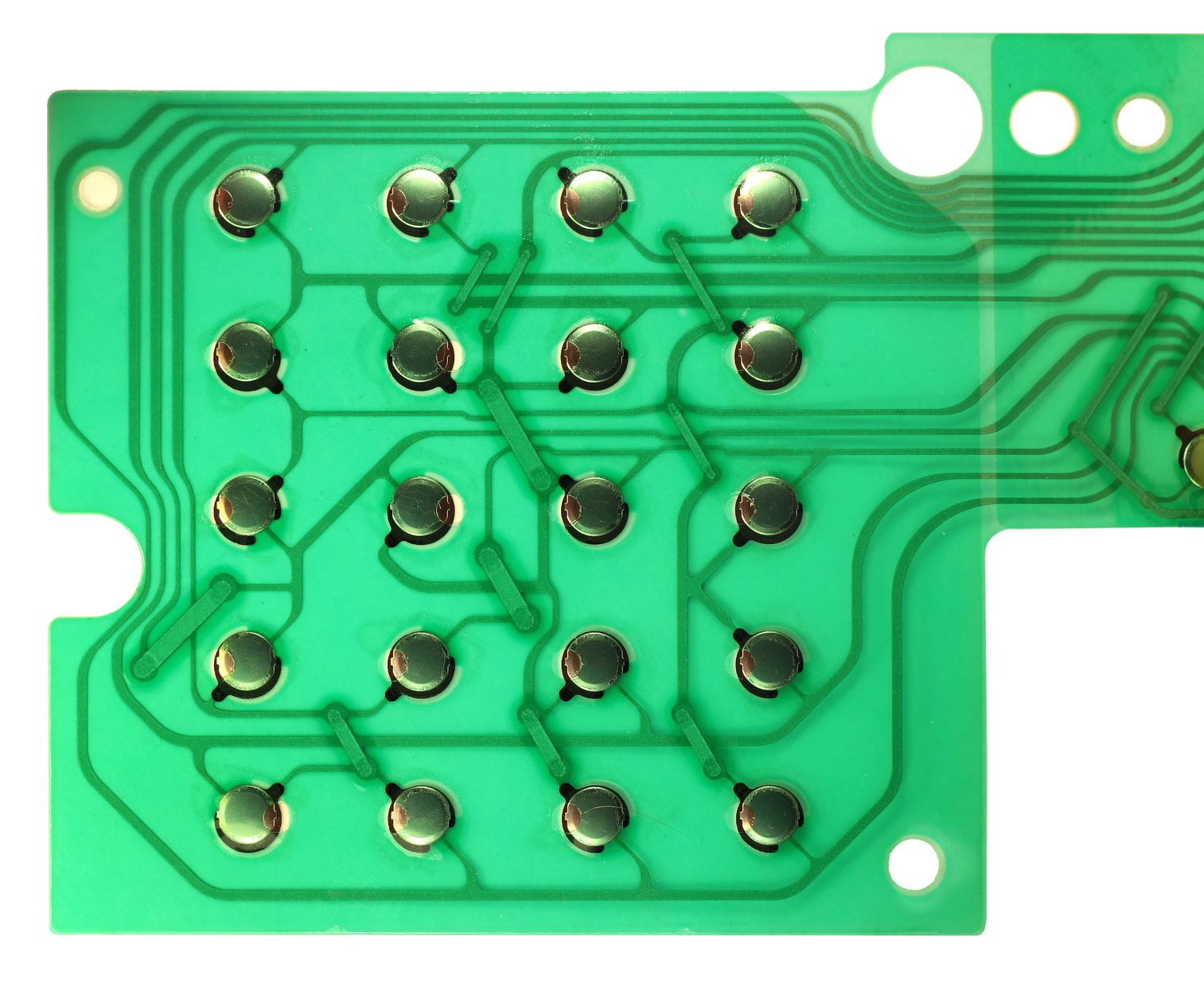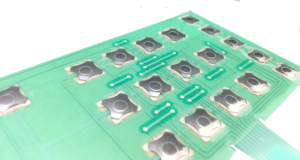Understanding the Capability of Membrane Layer Changes for Interface Instruments
The performance of membrane layer switches stands for a significant innovation in user interface layout, integrating performance with visual flexibility. As sectors increasingly prioritize individual experience, understanding the nuances of membrane layer button technology ends up being crucial.
What Are Membrane Layer Switches?
Membrane layer buttons are cutting-edge user interface tools that facilitate customer interaction with electronic equipment. These versatile elements contain several layers, including a graphic overlay, spacer, and a printed circuit layer. The style enables a smooth combination right into different electronic devices, enhancing both the aesthetic and functional aspects of interface.
Membrane switches are commonly employed in a variety of applications, from household appliances to industrial equipment and clinical tools. Their building and construction generally features a slim profile, making them a perfect choice for small styles. The tactile comments given by these buttons can be crafted to fulfill certain user choices, making sure effective communication between the user and the tool.
Toughness is another considerable advantage of membrane layer buttons, as they are resistant to dust, moisture, and chemicals, which enhances their life expectancy in demanding environments. In addition, these switches can be customized in regards to shape, dimension, and visuals design, permitting branding and user-specific functions. Overall, membrane changes represent a sensible option for enhancing customer experience in digital gadgets, integrating capability with aesthetic allure in an effective fashion.
Exactly How Membrane Layer Changes Work
Operating on an uncomplicated principle, membrane layer changes make use of a split building and construction to register individual input effectively. Each button includes several layers, consisting of a published circuit layer, a spacer layer, and a leading graphic layer, which are made to interact perfectly. When a customer presses the top layer, it compresses the spacer layer, bringing the conductive elements of the circuit layer right into call with each other.
This get in touch with creates a closed circuit, indicating the device to carry out a specific function. The style permits for various setups, including responsive responses, which can enhance the individual experience by giving a physical sensation upon activation. The materials utilized in membrane buttons often include versatile substratums, such as polyester or polycarbonate, which ensure toughness and resilience against damage.

Secret Advantages of Membrane Buttons

Another substantial advantage is their density. Membrane switches are slim and lightweight, which makes it possible for manufacturers to conserve area in their tools without compromising functionality. This attribute is especially useful in applications where weight and volume are essential considerations.
In addition, membrane layer switches are immune to dust, dampness, and chemicals, enhancing their resilience. This resilience extends their life expectancy and reduces the requirement for frequent replacements, resulting in expense savings over time.
In addition, the tactile responses provided by membrane layer buttons can be optimized to improve customer communication. They can consist of features such as increased switches or audible clicks, enhancing use and user experience.
Applications Throughout Industries
Interface devices using membrane layer buttons prevail in a large range of markets, showcasing their adaptability and functionality. Membrane Switch. In the medical industry, membrane buttons are integral to tools such as diagnostic devices and person monitoring systems, where their longevity and ease of cleaning are critical for maintaining hygiene requirements. In the automotive industry, these switches are used in dashboard controls and infotainment systems, offering a sleek and modern interface for users.
Furthermore, the consumer electronic devices industry gain from membrane layer buttons in home appliances and handheld tools, where portable design and user-friendly interfaces boost great post to read customer experience. Industrial applications additionally utilize membrane layer changes for control panels in machinery and automation systems, emphasizing their robustness and resistance to harsh environments.
In the aerospace and protection markets, membrane switches are utilized in cabin controls and tools, where dependability and performance under extreme problems are vital. Furthermore, the gaming sector progressively integrates membrane buttons in controllers and game devices, adding to an interesting user experience. Overall, the convenience of membrane layer switches allows their extensive why not check here use throughout various sectors, underscoring their value in contemporary interface layout.
Future Patterns in Membrane Layer Change Technology

Furthermore, making use of advanced materials, such as polycarbonate and polyester movies, is anticipated to climb, providing improved durability and resistance to environmental stress factors. These products add to the total longevity of membrane switches, making them suitable for harsher industrial applications.
In addition, the unification of wise technology, consisting of IoT connectivity, will certainly allow Find Out More membrane layer buttons to interact with various other gadgets and systems, helping with an extra interactive user experience. This fad lines up with the growing demand for smart gadgets across numerous industries, from health care to consumer electronics.
Lastly, modification options are expected to expand, allowing makers to produce bespoke remedies customized to details user requirements and preferences. These advancements will position membrane layer buttons as important components in the evolution of interface technology.
Verdict
In conclusion, membrane layer changes represent a crucial innovation in customer interface modern technology, offering a trusted and flexible solution for varied digital applications. As improvements in material scientific research and touch picking up technologies continue, the performance and applicability of membrane buttons are anticipated to expand, strengthening their relevance in contemporary digital gadgets.